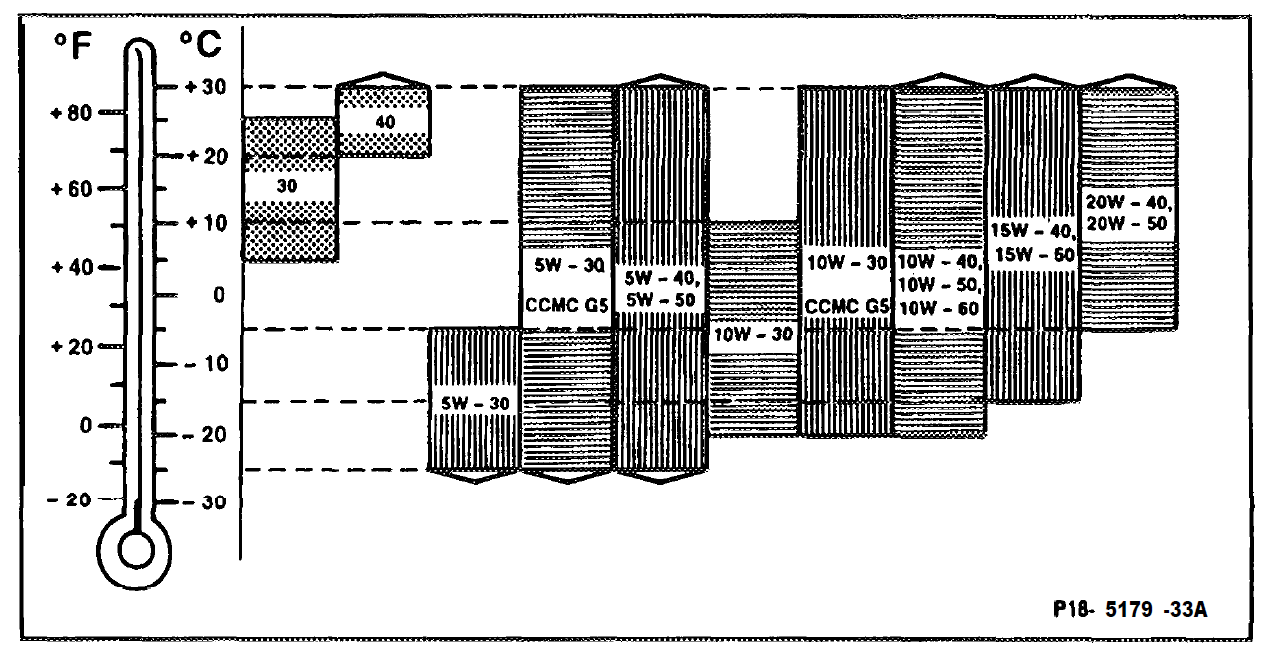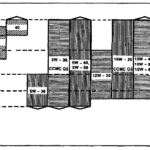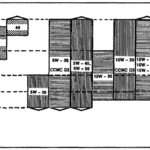Maintaining a classic Mercedes-Benz equipped with engines 102.985, 103, or 104 requires proper and regular oil changes to ensure longevity and smooth operation. These engines, known for their durability, still need consistent care, especially as they age. Over time, oil breaks down loses its lubricating properties, and accumulates contaminants that can cause premature wear. Replacing the engine oil and filter at recommended intervals helps preserve engine performance and reliability. This guide provides a step-by-step process to correctly and safely change the oil and filter, ensuring your classic Mercedes continues to run efficiently for years to come.
Specified SAE viscosity classes during continuous ambient temperatures
Following the SAE grades exactly according to the ambient air temperatures would result in frequent engine oil changes. The temperature ranges for the SAE grades should therefore be regarded as a guideline that may be exceeded for brief periods.
Oil Capacity in Liters:
Engine / Model
Total capacity during oil and filter change
Oil dipstick identification
Oil dipstick color code / Identification on the dipstick handle
102 / 201
5.0
gray / –
103 / 124, 126, 201
6.0
red / –
103 / 124 4 MATIC
6.5
red /
104 / 124, 129
7.5
– / 10407
104 / 140
7.5
I- / 60322
Torque specifications (Nm):
Engine
Nm
Oil pan drain plug
all
25
Spin on oil filter
102, 103
20
Threaded cover
104
20
Special Tools:
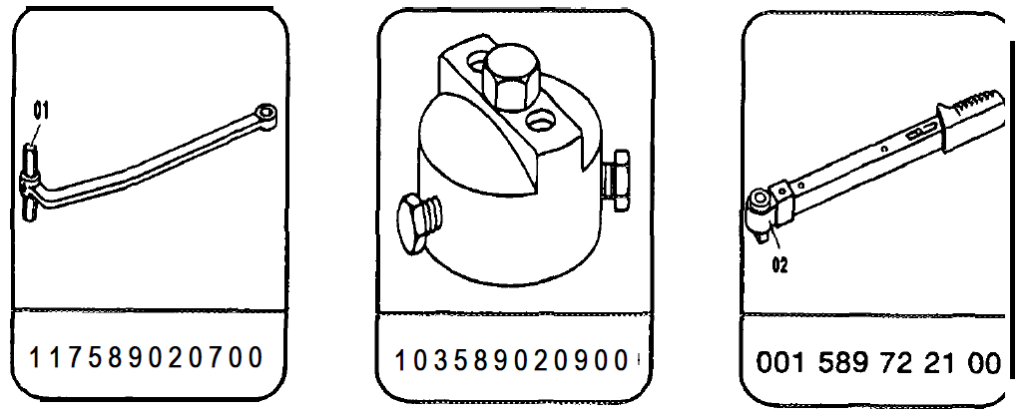
NOTE: Change engine oil only with the engine at operating temperature.
Removing the Old Oil Filter
Engine 102 and 103
Before suctioning or draining engine oil,
unscrew the spin-on filter with a socket wrench and insert 74 mm (arrow). Apply a light seating blow against the socket wrench insert so that it is tightly seated on the filter.
While unscrewing, some oil may run out until the check valves in the oil filter cartridge close.
For this reason, hold or place a suitable rag
under the mounting surface at the bottom of the oil filter.
Note: If the spin on the oil filter cannot be loosened with the socket wrench element, remove the air cleaner and drive in a screwdriver or other suitable tool to provide leverage to remove the oil filter.
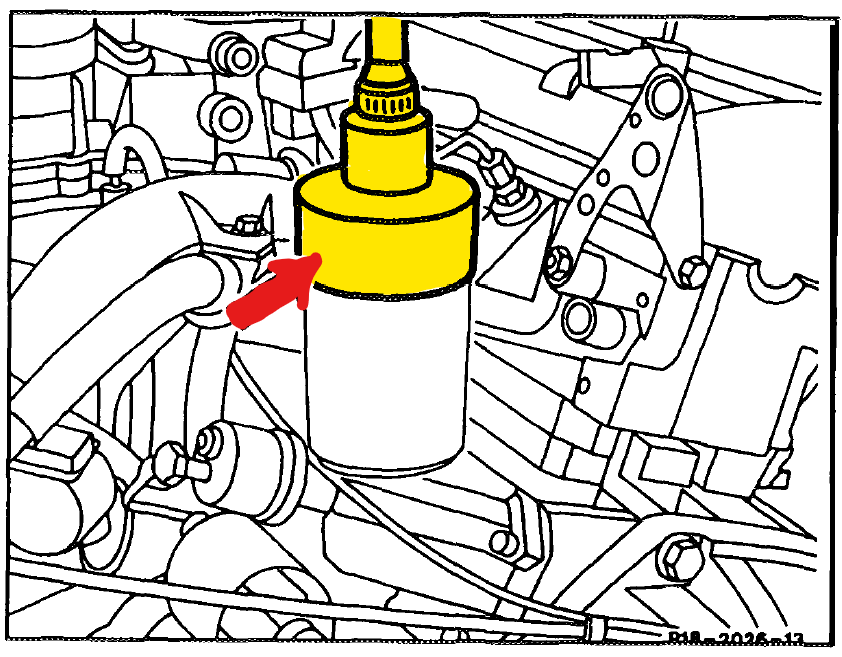
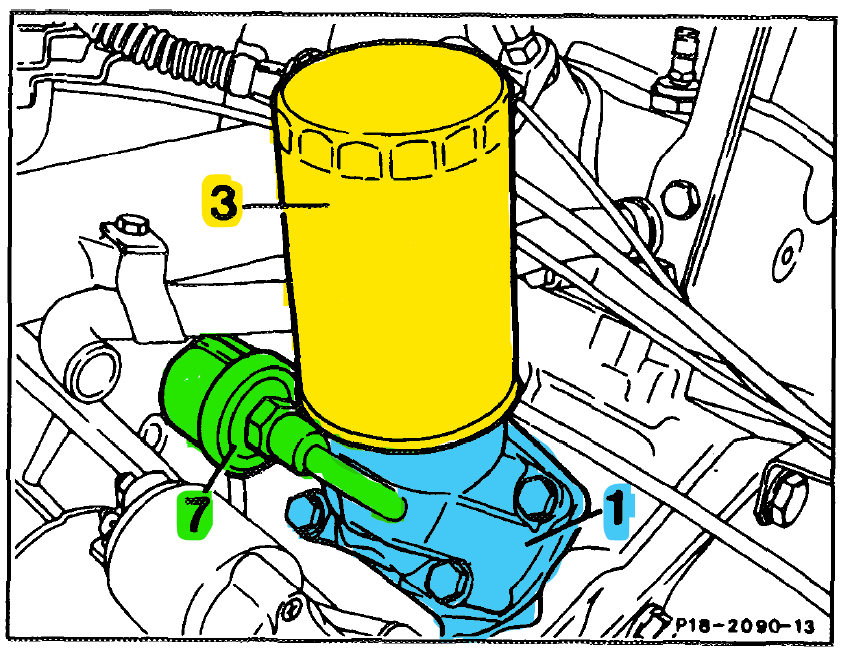
Engine 104
- Prior to suctioning or draining of engine oil, unscrew the screw cover (2) with socket wrench element 74 mm.
- Remove threaded cover (2) with oil filter element (4).
- On Model 140, remove air filter and replace after installing oil filter cartridge.
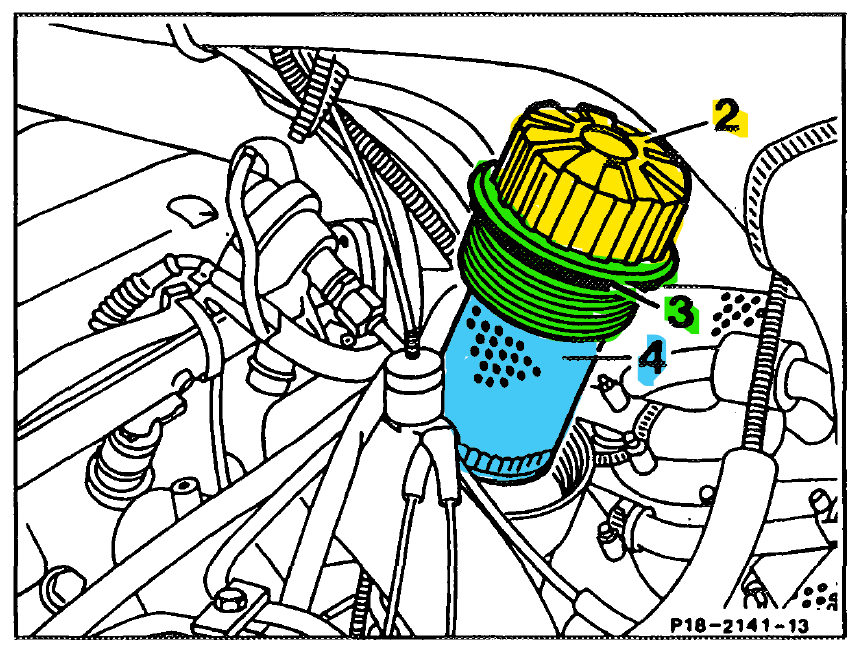
Removing Old Oil
Engine 102, 103, 104
- Suction engine oil via dipstick tube with the engine at operating temperature.
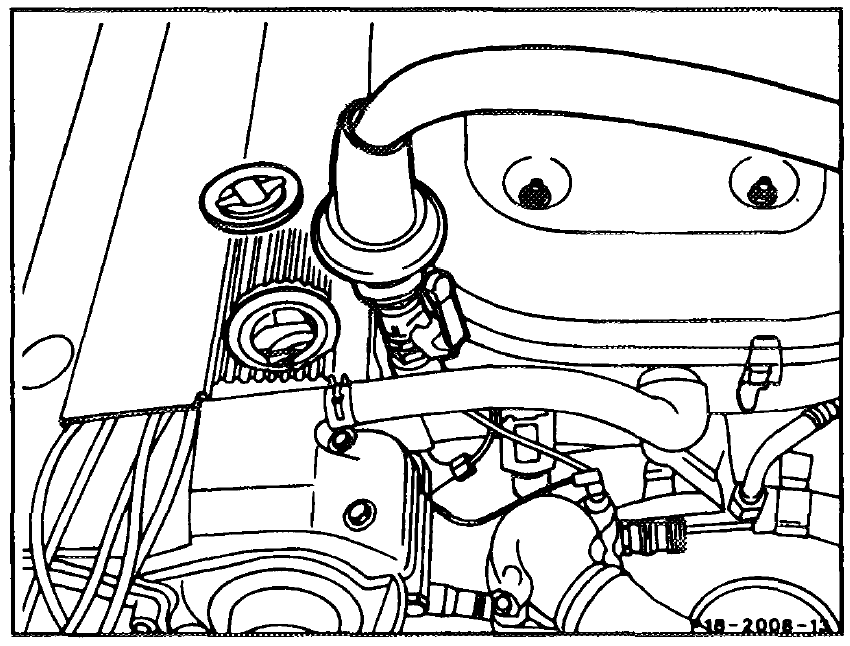
If no suction unit is available:
- Drain engine oil from the oil pan (arrow).
First, remove the engine compartment lower panel and reinstall upon completion of maintenance jobs.
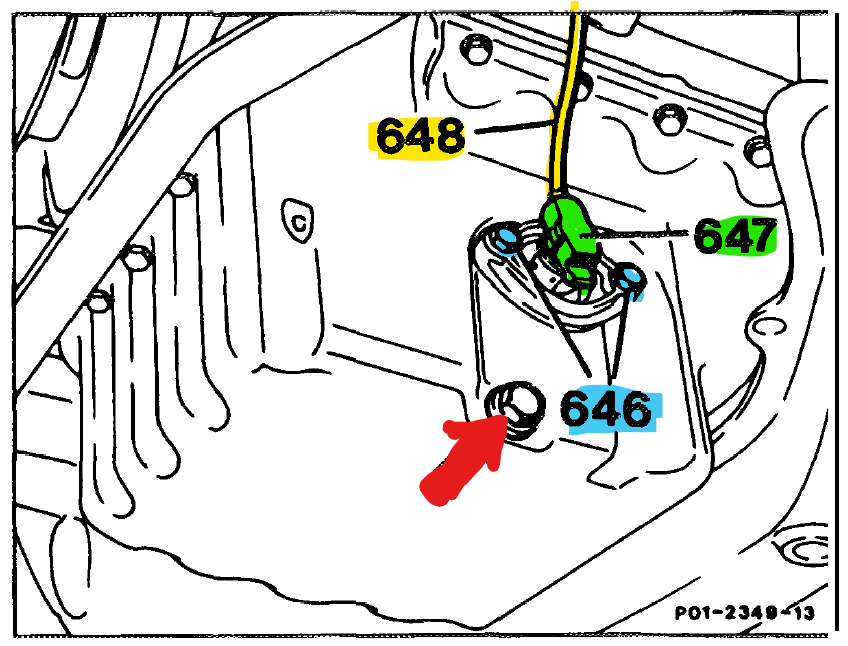
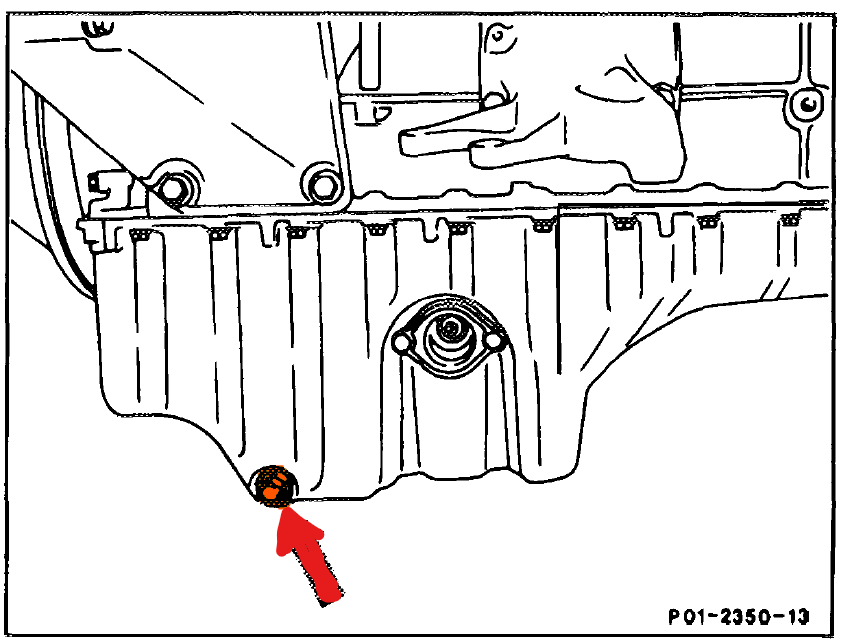
- On 4MATIC vehicles open drain plug (5) on large oil pan (4) only.
- If the oil has been drained out of the oil pan, replace the seal ring on the oil drain plug.
- Tighten the oil drain plug to 25 Nm.
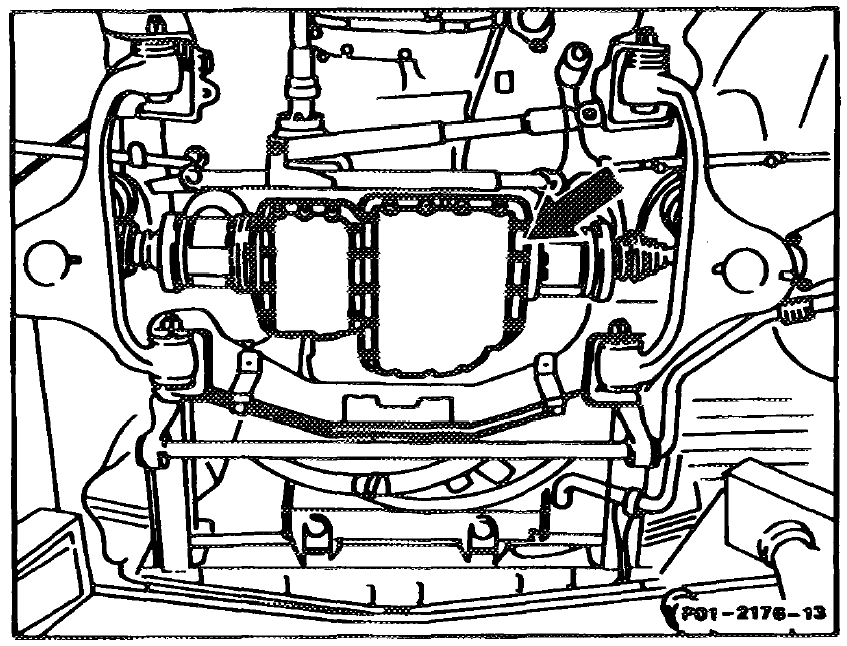
Installing a New Oil Filter
Engine 102 and 103
- Clean mating surface (arrow) on oil filter
mounting flange.
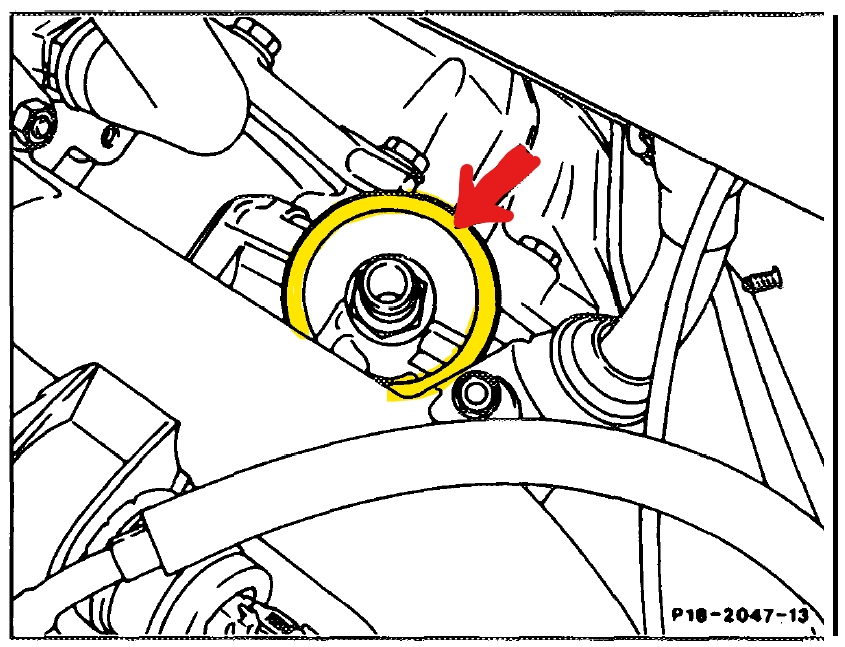
Slightly lubricate the gasket (arrows) on new
spin-on filter.
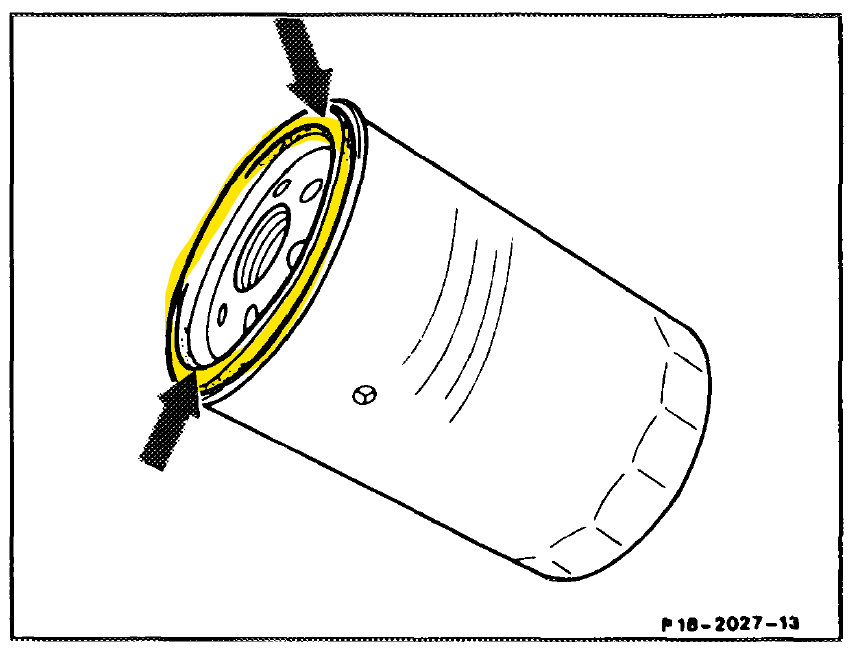
- Screw on the filter and tighten it by hand.
Then turn the filter with a 74 mm socket wrench element (arrow) an additional 1/4 turn (90°) (20Nm).
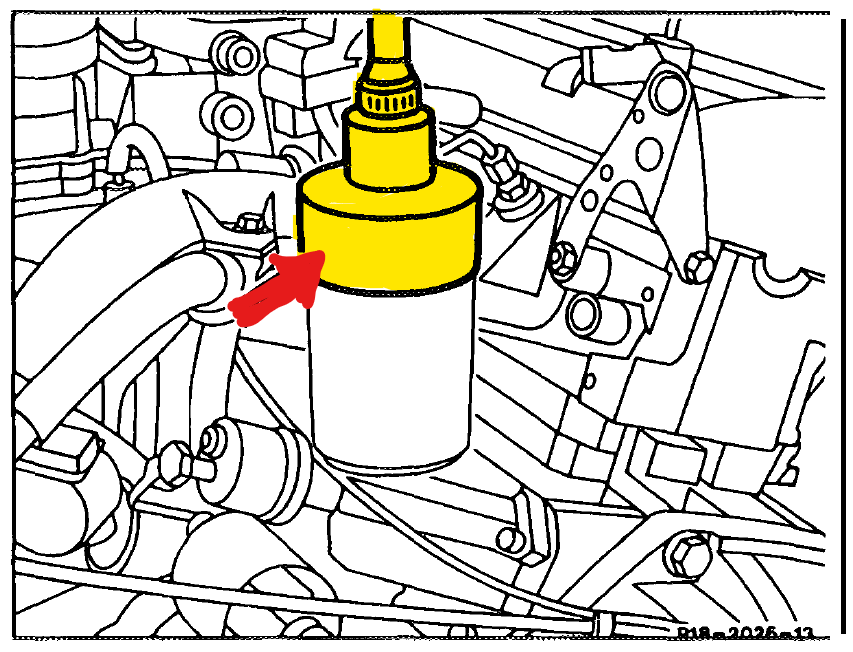
Engine 104
- Replace the seal ring (3).
- Insert oil filter element (4) into threaded
cover (2). - Insert threaded cover with oil filter element and tighten to 20 Nm.
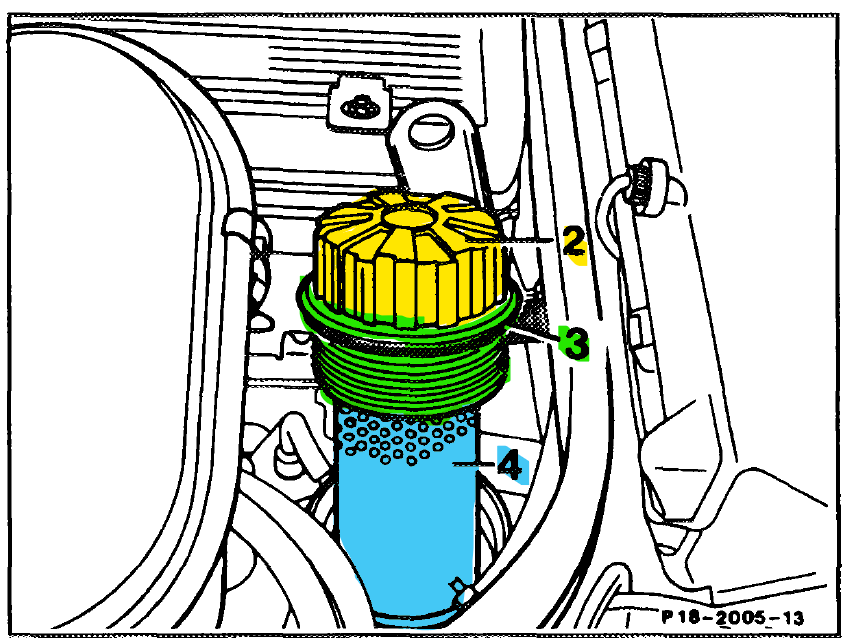
Filling Engine Oil
- Add engine oil (arrow).
- Run the engine and check for leaks.
- Check oil level (arrow) approx. 2 minutes
after shutting off the engine at operating
temperature.
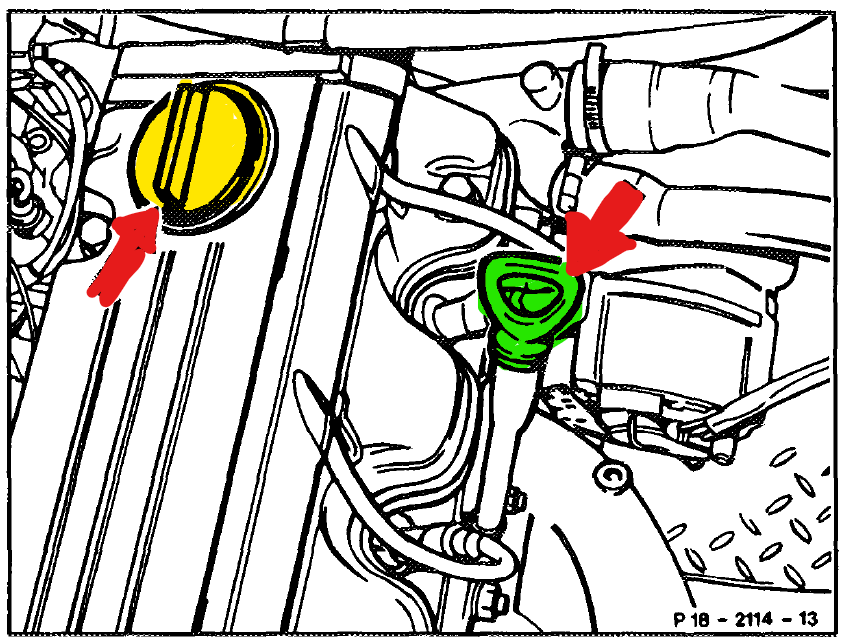
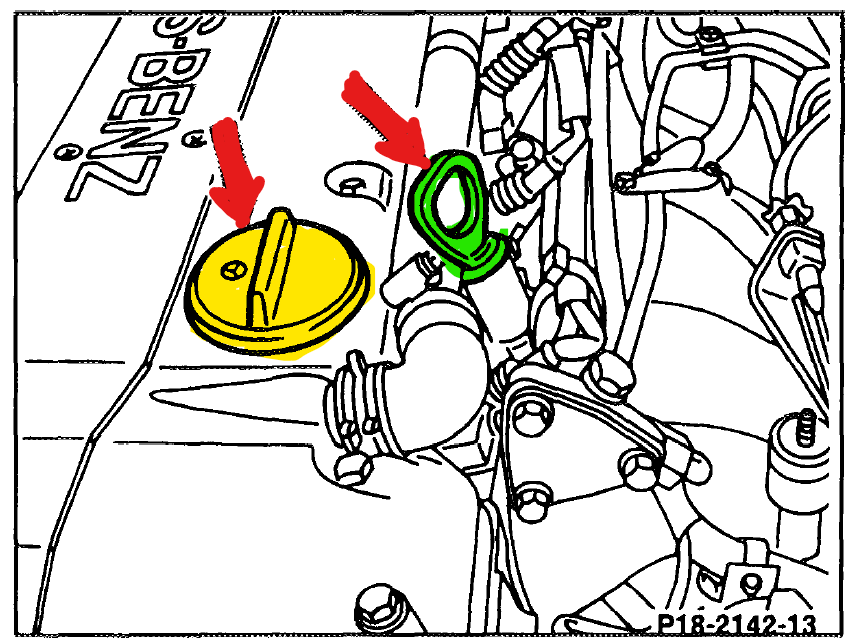
Maintaining a classic Mercedes-Benz with engines 102.985, 103, and 104 requires regular oil and filter changes to ensure longevity and reliability. Given the age of these engines, proper maintenance is even more critical to prevent wear and leaks. By carefully draining the old oil, replacing the filter, and refilling with the correct oil, owners can preserve engine performance. Always check for leaks and monitor oil levels regularly. Additionally, disposing of used oil and filters responsibly helps protect the environment. With routine care, these classic engines can continue running smoothly for years to come.

